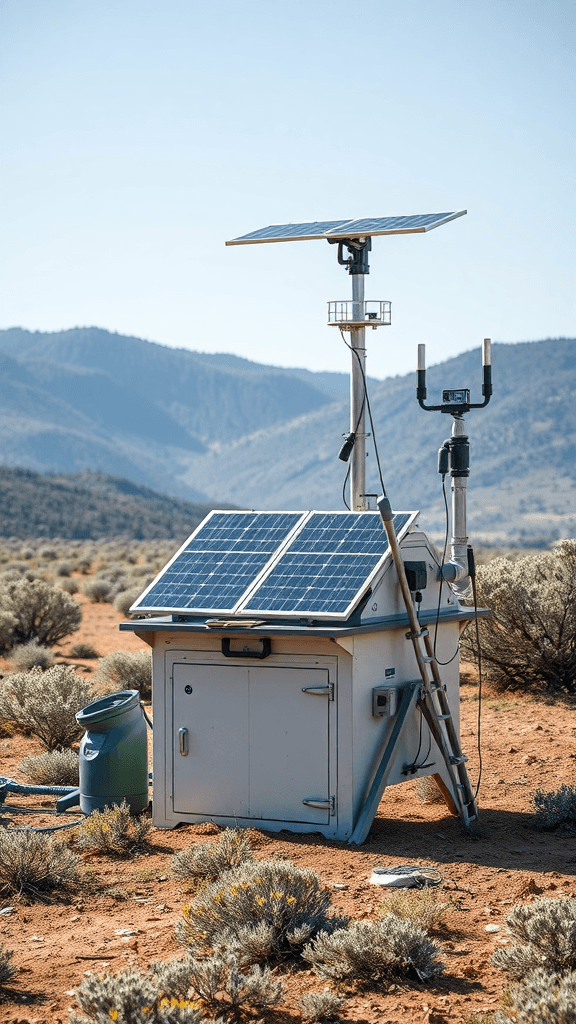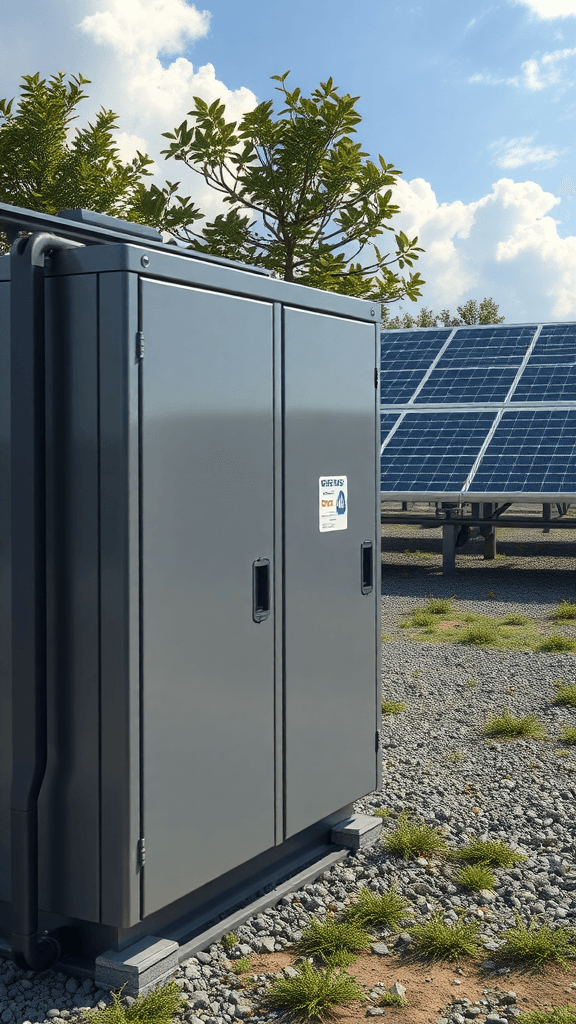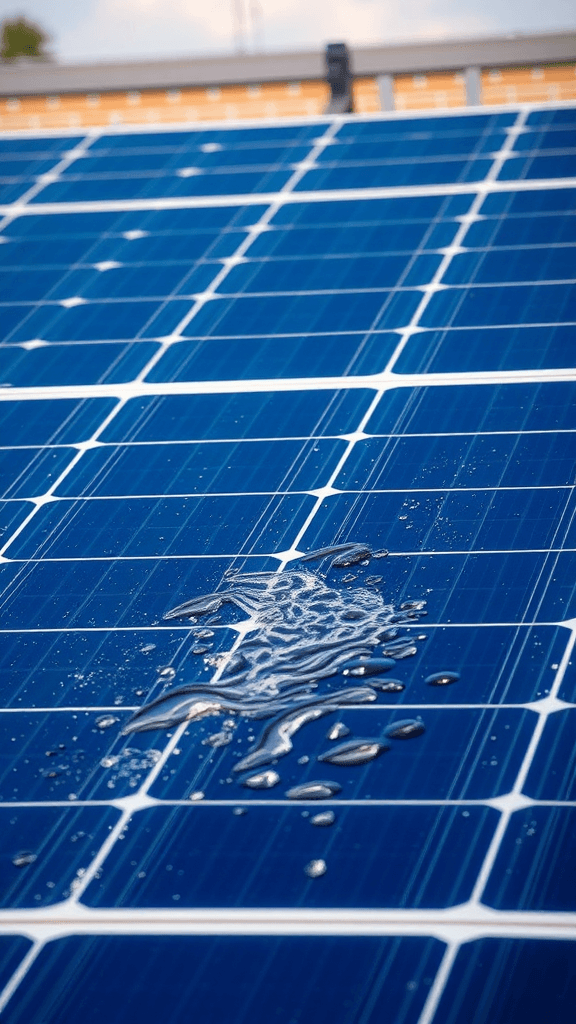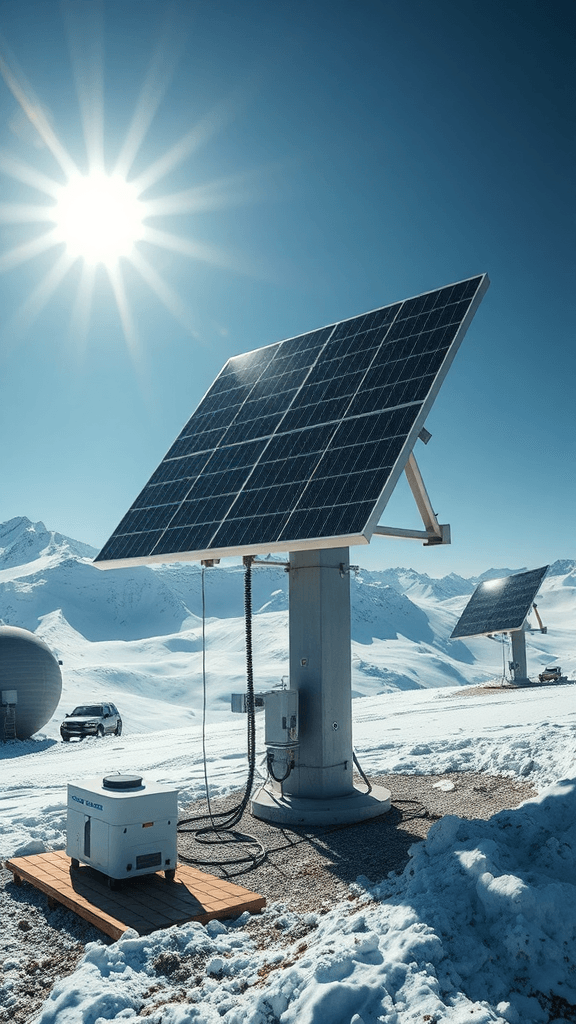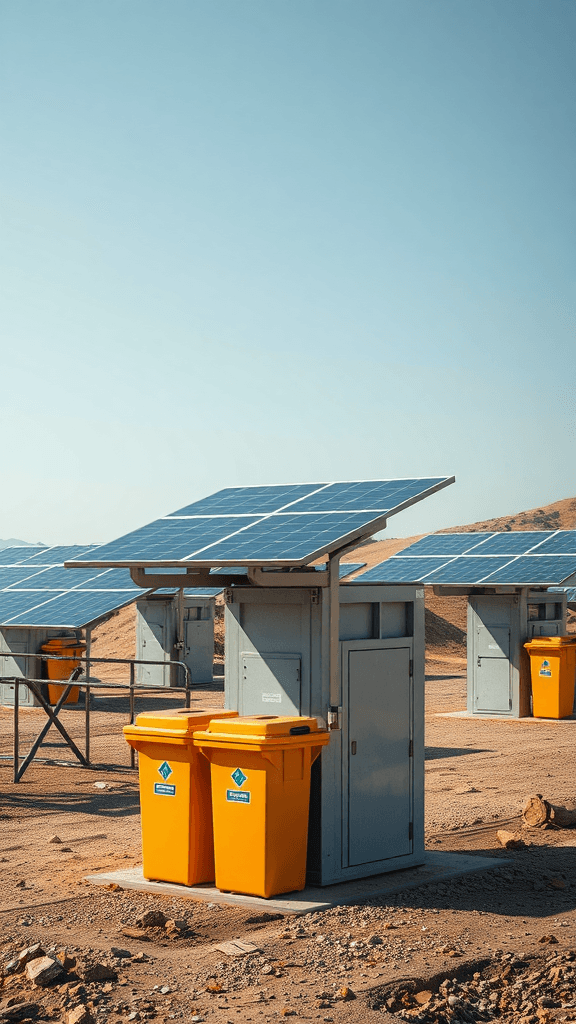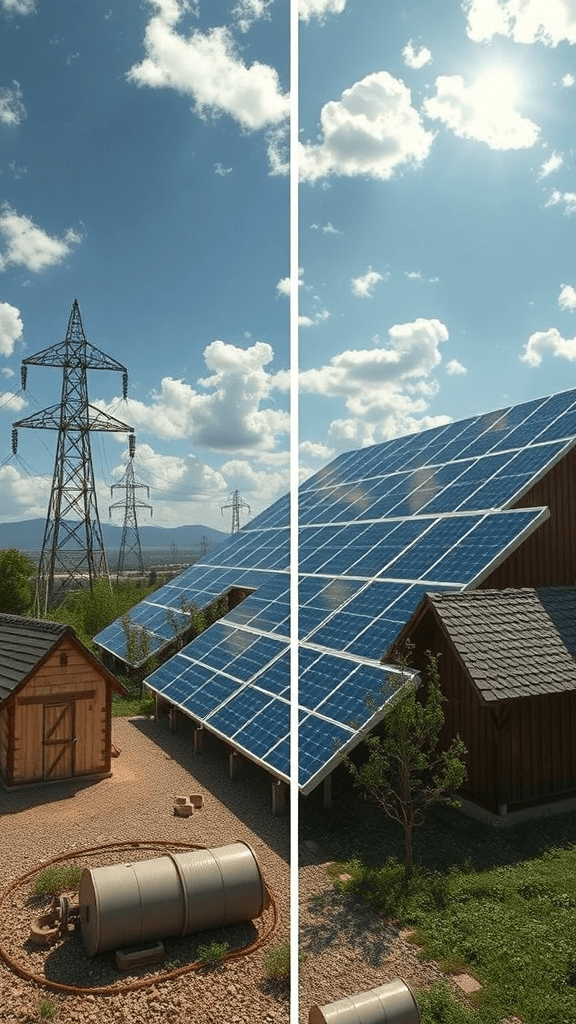Solar-Powered Laboratory Equipment For Field Research
The Benefits of Solar-Powered Laboratory Equipment for Field Research
In the realm of field research, solar-powered laboratory equipment is emerging as a game-changer. Researchers are increasingly turning to this technology for various reasons that enhance both the efficiency and effectiveness of their work. By harnessing the power of the sun, scientists can conduct experiments in remote locations without relying on traditional electricity sources.
The shift towards solar energy is not merely a trend; it’s a sustainable choice that benefits the environment and research methodologies. Here are some compelling advantages of using solar-powered laboratory equipment for field research:
Enhanced Portability
One of the standout features of solar-powered laboratory equipment is its portability. Unlike traditional lab equipment that requires heavy batteries or a steady power grid, solar-powered devices can be lightweight and easy to transport. This portability allows researchers to set up their labs in diverse locations, from dense forests to arid deserts.
Cost-Effective Operation
Utilizing solar energy significantly cuts down on operational costs. Traditional fuels and non-renewable energy sources can lead to hefty expenses, especially in remote areas. With solar-powered equipment, researchers can save money on fuel and electricity. This budget-friendly option allows more funds to be allocated to vital resources, materials, or additional research personnel.
Environmental Benefits
Sustainable practices are more important now than ever. Choosing solar-powered equipment reduces carbon emissions significantly. By going solar, researchers contribute to a cleaner environment while minimizing their ecological footprint. This alignment with eco-friendly practices can also enhance the research’s credibility and reception within the scientific community and among funding bodies.
Continuous Operation
Field research often requires extended periods of data collection. Solar-powered laboratory equipment can operate continuously as long as it receives sunlight. Unlike batteries that need recharging or replacement, solar systems can generate power day after day without interruption. This reliability is essential for experiments that require constant monitoring and data collection over lengthy periods.
Versatile Applications
Solar-powered equipment is available across a variety of laboratory types and applications. This versatility supports different kinds of research, including:
- Biodiversity Studies: Solar-powered sensors and cameras can help track wildlife and monitor ecosystems.
- Geological Surveys: Equipment like solar-powered ground-penetrating radar can explore beneath the earth’s surface.
- Water Quality Testing: Solar-driven water analysis kits can ensure accurate monitoring of freshwater resources.
This adaptability means that researchers from various fields can benefit, making solar solutions more attractive as they evolve.
Reduced Dependency on Infrastructure
In remote locations, grid electricity may be unavailable or unreliable. Solar-powered laboratory equipment eliminates this dependency on existing infrastructure. Researchers can work without concerns over power outages or the logistical challenges of transporting fuel to distant sites. This freedom allows for greater creativity and spontaneity in research planning and execution.
Ease of Maintenance
Solar-powered systems generally require lower maintenance than conventional electrical setups because they have fewer moving parts. This ease of maintenance allows researchers to focus on their work rather than worrying about equipment breakdowns. Moreover, advancements in solar technology continue to improve the durability and longevity of these methods.
Contributing to Knowledge and Innovation
By employing solar-powered laboratory equipment, researchers contribute to the broader movement towards sustainability in science. As they develop new methods and technologies that rely on renewable energy, they become part of a global vision for an eco-friendly future. This commitment not only aids in knowledge generation but inspires others in academia and industry to explore green research solutions.
The integration of solar-powered laboratory equipment into field research presents remarkable benefits. From enhancing portability and reducing costs to fostering environmental sustainability, the advantages are clear. As more researchers recognize the potential of solar technology, we can anticipate a future where scientific inquiry is as much about innovation and exploration as it is about caring for our planet.
Innovative Uses of Renewable Energy in Scientific Expeditions
In scientific expeditions, the power of renewable energy is proving to be a game-changer. It not only enables researchers to carry out their work in remote areas but also minimizes their environmental impact. Innovative uses of renewable energy technologies are transforming how field research is conducted, making it more sustainable and efficient.
Solar Energy for Remote Field Stations
Solar panels are becoming increasingly popular in remote research stations. These panels harness sunlight, converting it into electricity that powers everything from basic equipment to advanced research tools. With solar energy, scientists can:
- Charge batteries for sensitive instruments.
- Run computers and data servers for real-time data analysis.
- Operate microscopes or other lab equipment essential for experiments.
This not only supports lengthy expeditions but also reduces dependence on fossil fuels, allowing scientists to work sustainably in pristine environments.
Wind Energy for Equipment Power
In areas where sunlight is limited or inconsistent, wind energy becomes a practical solution. Portable wind turbines can be deployed to harness the power of wind. These turbines can power field equipment like:
- Weather stations that collect important meteorological data.
- Remote sensing devices used for ecological monitoring.
- Battery packs ensuring continuous operation for smartphones and tablets.
With the right setup, teams can achieve energy independence, providing a constant power source regardless of weather conditions.
Hydropower Utilization in Coastal and Riverine Research
For expeditions near water bodies, small-scale hydropower solutions offer a reliable energy source. Researchers can install mini-turbines in rivers or tidal areas to generate electricity. The benefits include:
- Providing constant power to various field devices.
- Enabling automated data collection systems, which enhances research productivity.
- Facilitating experiments that require sustained power over long periods.
This approach not only powers the equipment but also allows for continuous monitoring of aquatic ecosystems, leading to more comprehensive data collection.
Battery and Energy Storage Innovations
Energy storage is crucial for maximizing the effectiveness of renewable energy sources during expeditions. With advancements in battery technology, researchers can store excess energy generated from solar or wind installations. Key features include:
- Lightweight and portable battery units that are easy to transport.
- Long-lasting batteries capable of powering equipment for days.
- Smart battery management systems that optimize energy use.
These innovations ensure researchers have access to power when needed, even in unpredictable conditions.
Biofuel for Heavy-Duty Equipment
For larger operations, such as those involving heavy machinery, biofuels derived from organic materials serve as a viable alternative. These fuels can power vehicles, generators, and large equipment used in extensive field projects. This option:
- Reduces carbon emissions compared to traditional diesel.
- Utilizes locally available resources, creating synergy with local communities.
- Supports the use of equipment in biodiverse areas without significant environmental degradation.
By employing biofuels, expeditions can further minimize their ecological footprint while ensuring operational efficiency.
Integrating Renewable Technologies
The future of scientific expeditions lies in the integration of multiple renewable energy technologies. For instance, using solar energy to charge batteries for devices powered by wind energy can create a synergistic effect. Researchers can build hybrid energy systems that:
- Maximize power availability based on location and weather conditions.
- Reduce the overall reliance on a single energy source, enhancing resilience during missions.
- Ensure minimal environmental disruption across various study sites.
This innovative combination of energy sources paves the way for a more sustainable approach to field research, enabling scientists to explore even the most remote environments without compromising the integrity of those ecosystems.
As renewable technologies advance, they open new doors for scientific exploration. The integration of solar, wind, hydropower, and biofuels significantly boosts the capabilities of scientists in the field, ensuring valuable research can proceed with minimal environmental impact. With each expedition, the commitment to sustainability and innovation strengthens the bond between science and nature.
Conclusion
The integration of solar-powered laboratory equipment in field research marks a significant shift towards sustainable scientific practices. Utilizing renewable energy not only reduces dependence on fossil fuels but also enhances the mobility and efficiency of research teams. This technology allows scientists to conduct their experiments in remote locations without worrying about power sources, ensuring they can focus on their studies rather than logistics.
Moreover, solar-powered equipment can significantly lower operational costs, making research more accessible. With reduced energy expenses, researchers can allocate more resources to critical aspects of their work, including data analysis and personnel training. The environmental benefits are equally notable; using renewable energy minimizes the carbon footprint associated with scientific expeditions, aligning with global efforts to combat climate change.
Innovative applications of solar energy in the field are paving the way for advancements in various disciplines, from ecology to geology, allowing for experiments that require constant power. Solar-powered devices, such as sensors and sample collectors, offer real-time data collection and monitoring, enhancing the quality and accuracy of research outcomes. This adaptability not only empowers scientists to explore previously inaccessible areas but also fosters collaboration across diverse fields.
Ultimately, as more researchers embrace solar-powered laboratory equipment, the future of field research looks promising. This transition not only champions scientific discovery but also embodies a commitment to protecting our planet for generations to come. By harnessing the power of the sun, scientists are unlocking new possibilities while promoting sustainable research practices, paving the way for a greener future in scientific exploration.

